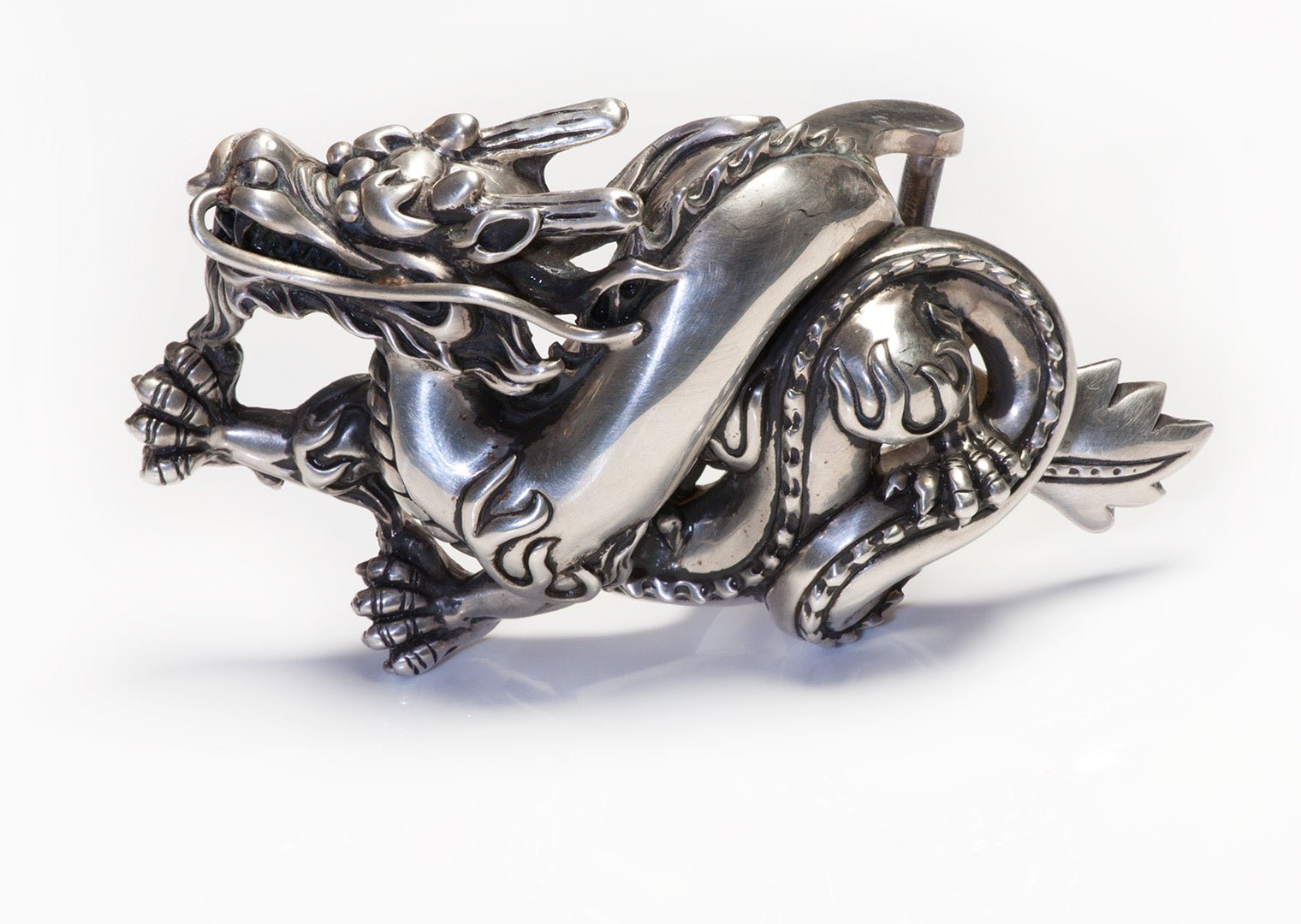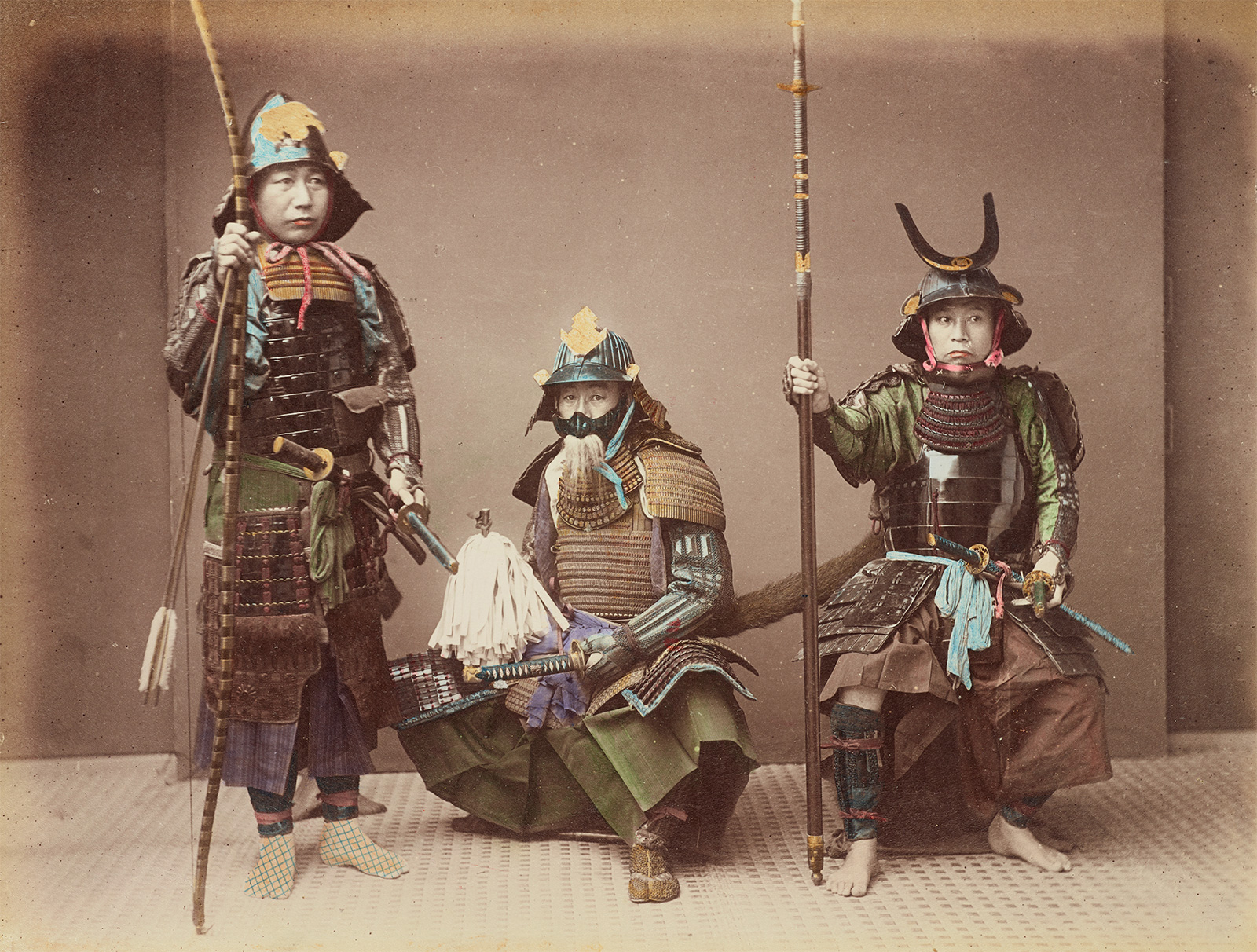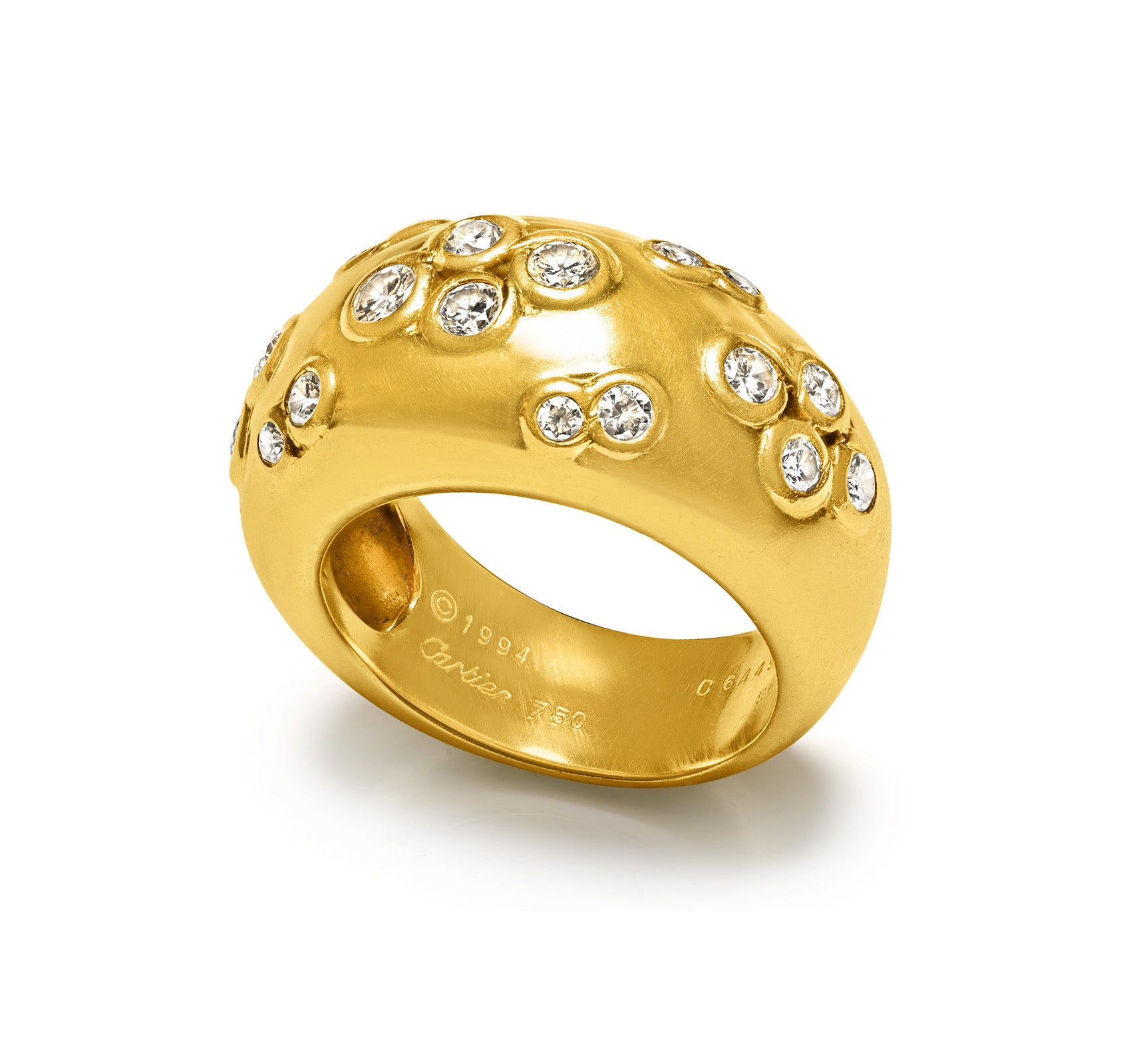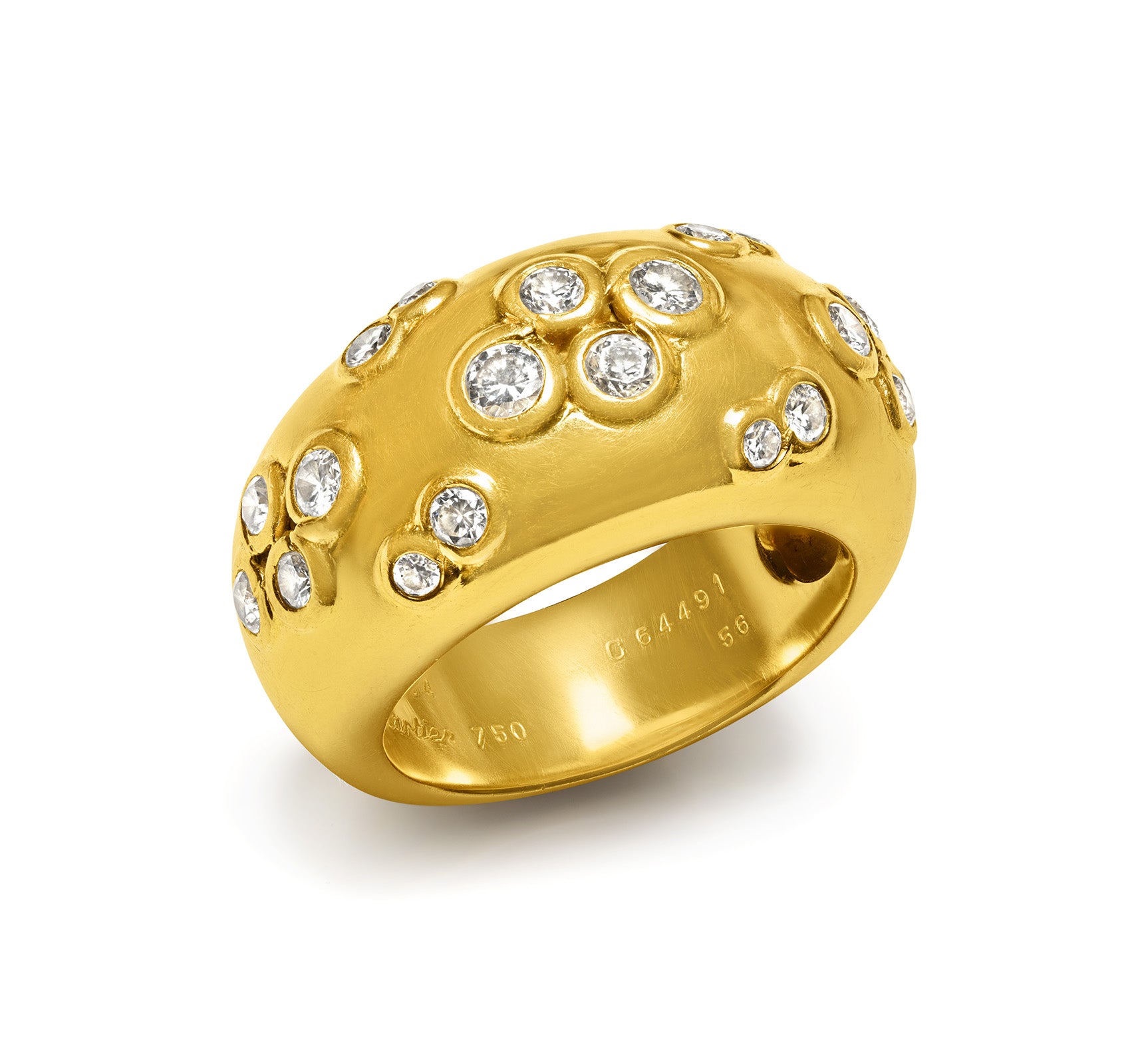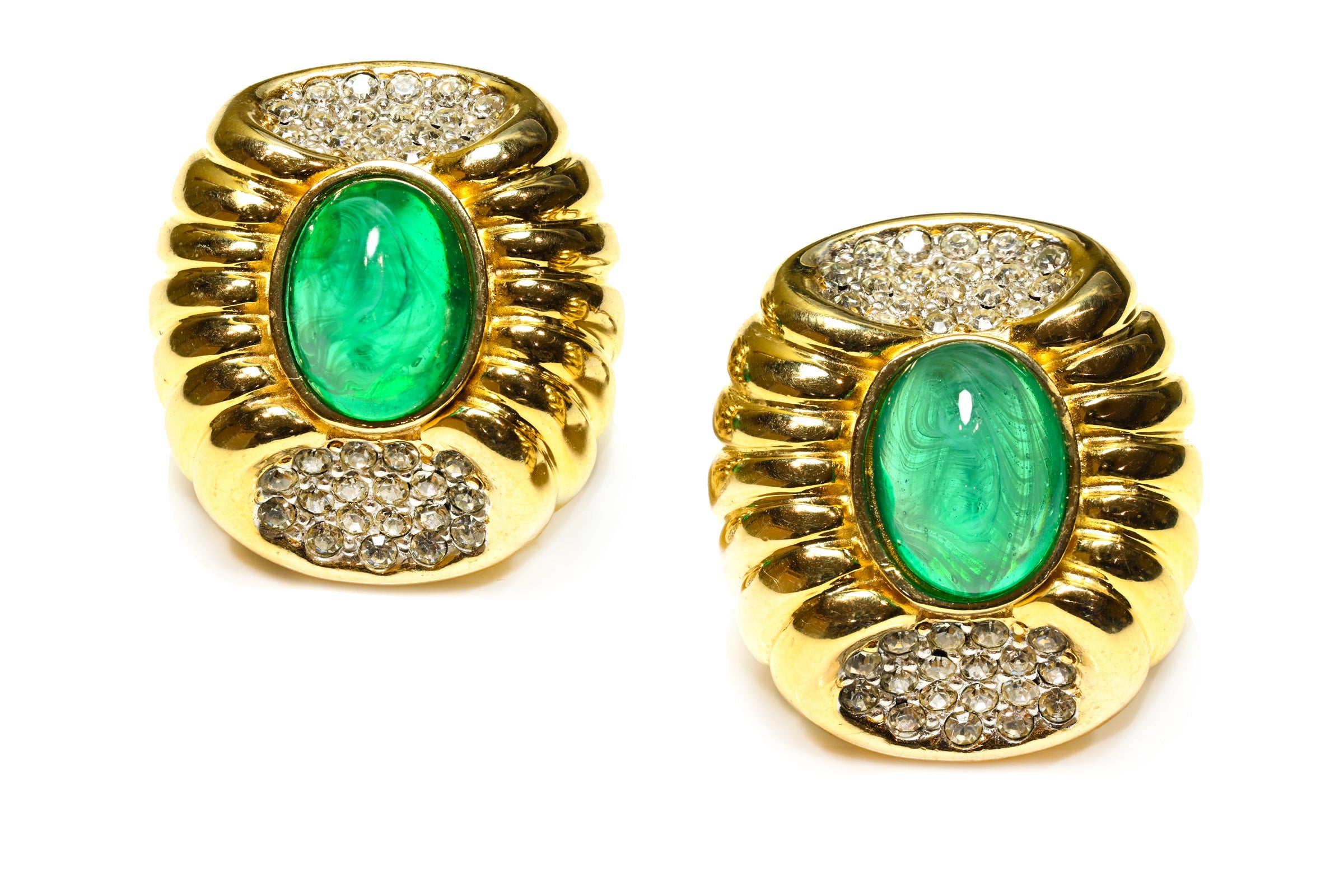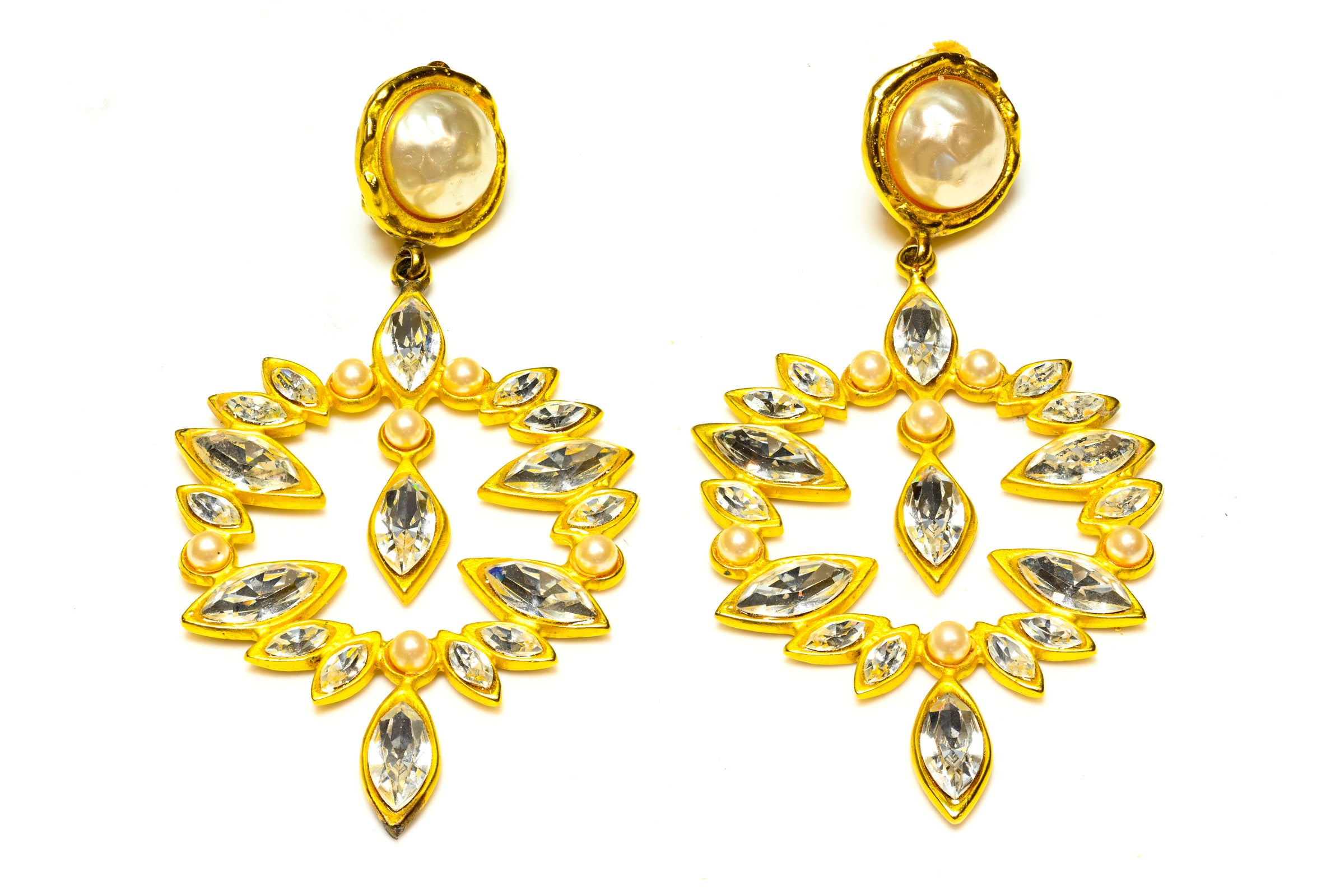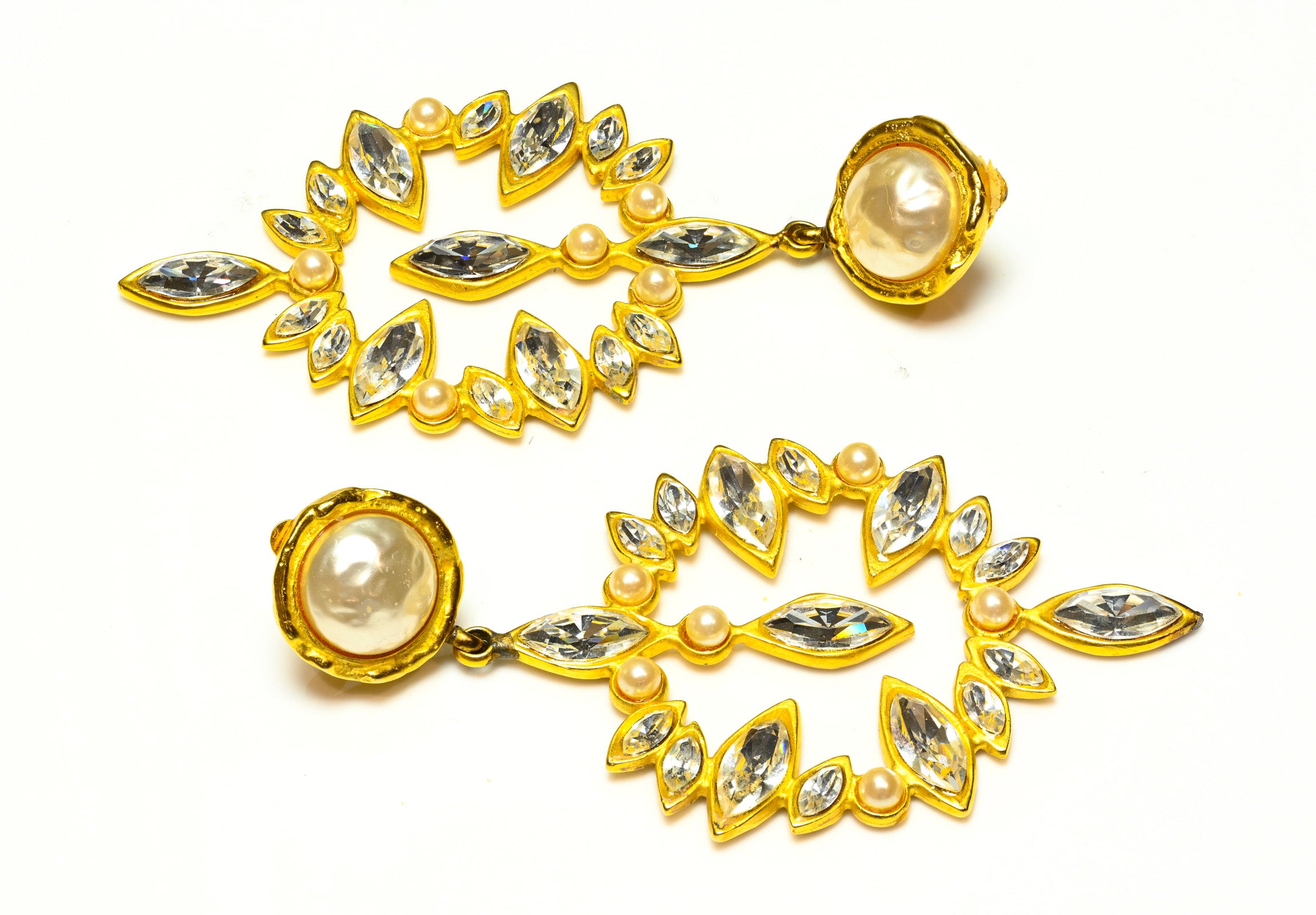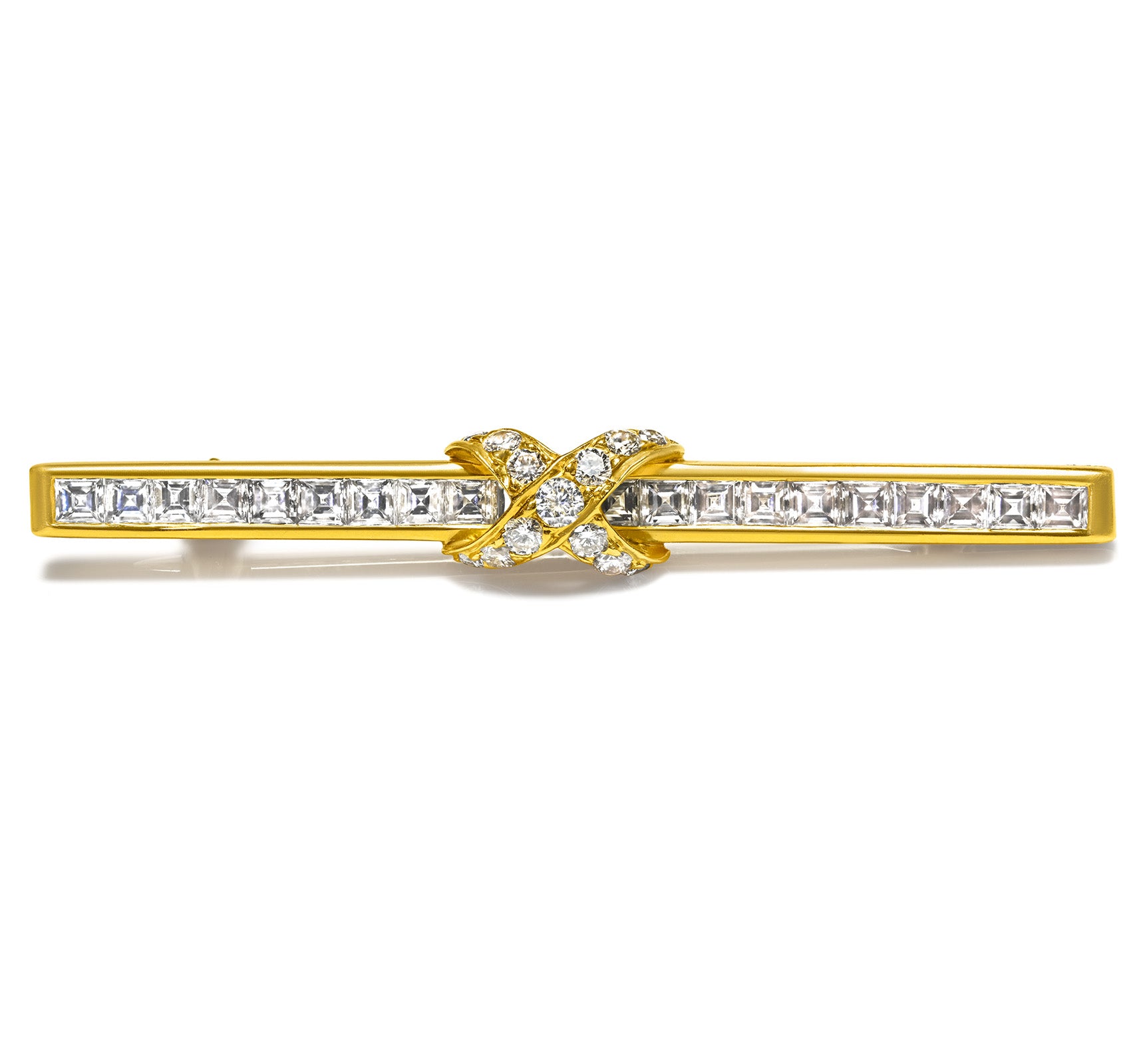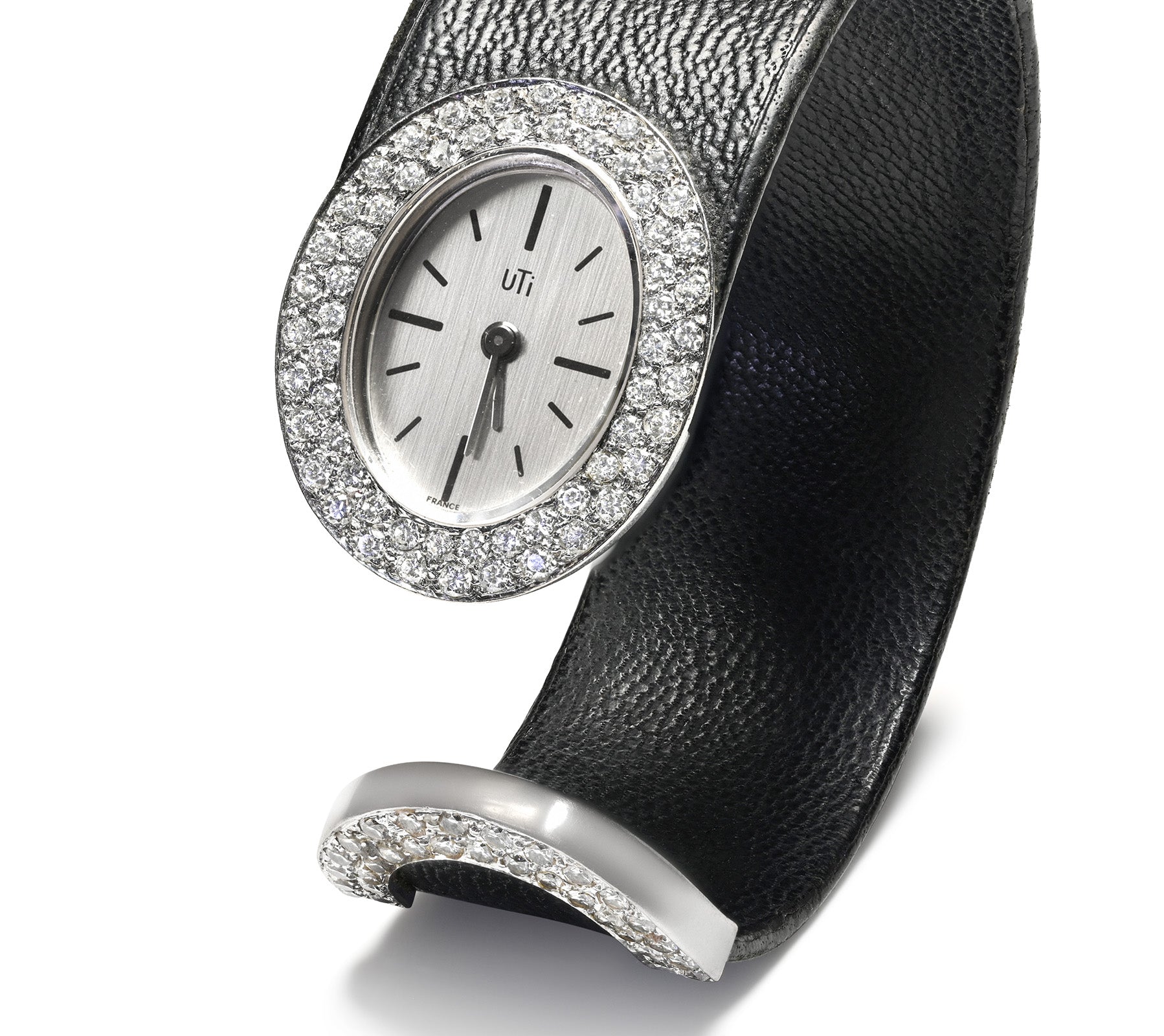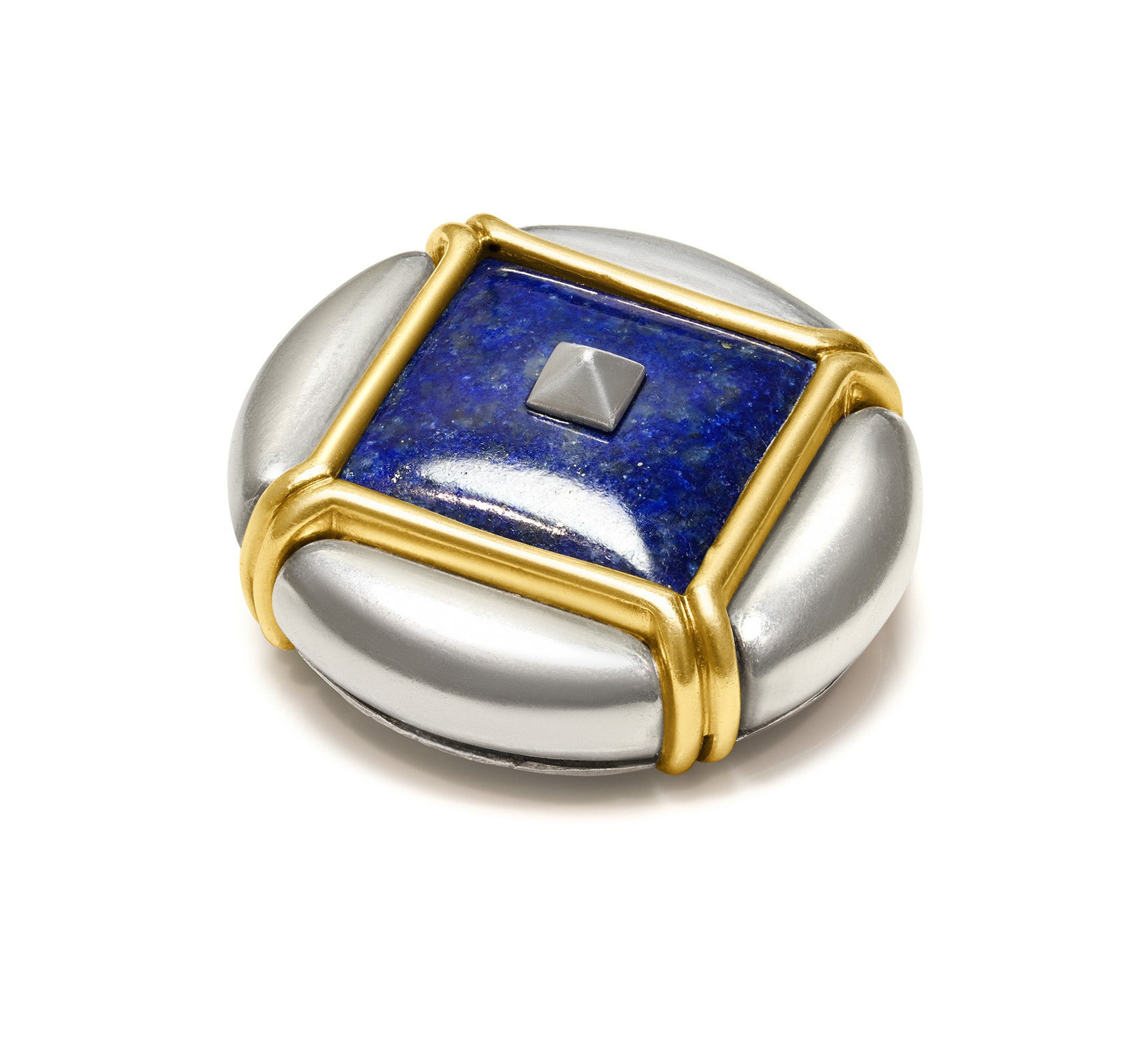
Accidental Treasure Discoveries: Extraordinary Jewelry Found by Chance
Throughout history, some of the most astonishing jewelry treasures have not been found by archaeologists — but by accident.
Farmers, builders, and even hobbyists with metal detectors have uncovered magnificent caches of gold, silver, and gemstones that lay hidden for centuries. These discoveries have redefined our understanding of craftsmanship, trade, and everyday luxury across civilizations.
Each find tells two stories — one about the moment of discovery, often sudden and surreal, and another about the lost world the jewels once illuminated.
Let us travel through time and rediscover some of humanity’s most extraordinary accidental treasures — from ancient Persia to the depths of the Spanish Main:
- The Oxus Treasure
- The Hoxne Hoard
- The Cheapside Hoard
- The Środa Treasure
- The Galloway Hoard
- The Cuerdale Hoard
- The Fishpool Hoard
- The Staffordshire Hoard
- The Atocha Shipwreck
-
The 1715 Treasure Fleet
The Oxus Treasure – Splendor of the Achaemenid Empire
Long before Rome rose to power, artisans along the Oxus River created treasures that defined the earliest expressions of luxury and devotion.
Discovered in the late 19th century along the banks of the Oxus River (modern-day Amu Darya, between Tajikistan and Afghanistan), the Oxus Treasure is one of the most significant collections of ancient Persian goldwork ever unearthed.
Comprising over 170 pieces — including armlets, plaques, statuettes, and intricate jewelry — the hoard dates to the 5th–4th centuries BCE, during the reign of the Achaemenid Empire. The craftsmanship reveals an extraordinary mastery of gold chasing, granulation, and inlay work.
Scholars believe the treasure was hidden by merchants or priests seeking to protect temple offerings from invading forces. The motifs — winged lions, lotus blossoms, and royal figures — embody the elegance and cosmopolitan spirit of ancient Persia.
Today, most of the Oxus Treasure resides in the British Museum, where it remains a cornerstone of Achaemenid art and one of the earliest testaments to jewelry as political and divine symbolism.

Photo Credit: British Museum, Public domain, via Wikimedia Commons
The Hoxne Hoard – England’s Greatest Roman Treasure
In November 1992, a retired farmer named Peter Whatling misplaced his hammer near the village of Hoxne, Suffolk. Hoping to retrieve it, he asked a friend, Eric Lawes, to search the field with his metal detector. Instead of finding the hammer, Lawes uncovered the largest hoard of late Roman gold and silver ever discovered in Britain — carefully packed inside what had once been a wooden chest.
Inside lay more than 15,000 coins, alongside exquisite jewelry: intricately designed gold bracelets, necklaces, and even a rare Roman body chain adorned with garnets. The treasure, buried in the early 5th century, marked the twilight of Roman Britain — an empire crumbling while its citizens hid their wealth from chaos.
The Hoxne Hoard, now preserved in the British Museum, is more than a collection of precious objects. It’s a time capsule of Roman refinement — proof that even as history collapses, beauty and artistry endure.

Photo Credit: Photograph by Mike Peel (www.mikepeel.net)., CC BY-SA 4.0, via Wikimedia Commons
The Cheapside Hoard – A Renaissance Jeweler’s Hidden Fortune
Centuries later, London witnessed another breathtaking discovery — one that would forever change the study of Renaissance jewelry.
In 1912, workers demolishing a building at 30–32 Cheapside, the historic goldsmiths’ district, struck something unexpected beneath the floorboards. Hidden in a brick-lined cellar was an astonishing collection: hundreds of gemstone rings, pendants, and ornate enamel pieces, sealed away for nearly three hundred years.
Known today as the Cheapside Hoard, this cache dates from the late 16th and early 17th centuries — the golden age of Elizabethan and early Stuart craftsmanship. Among the finds were emeralds from Colombia, sapphires from Ceylon, spinels from India, and opals from Hungary — proof that London’s jewelers were trading with nearly every corner of the known world.
Experts believe the hoard was the stock of a jeweler or merchant, hastily concealed during one of London’s many upheavals — perhaps during the English Civil War or a plague outbreak. For reasons unknown, it was never retrieved.
The Cheapside Hoard remains one of the world’s most important jewelry finds, offering a glittering snapshot of global luxury in the early modern era.

Photo Credit: Necklace with interlinking lovers knots, gold with white enamel - Vassil, CC0, via Wikimedia Commons
The Środa Treasure – A Medieval Royal Hoard Unearthed by Demolition
In the 1980s, in the small Polish town of Środa Śląska near Wrocław, construction workers were demolishing an old building when they struck something glittering beneath the rubble.
What they had uncovered would become one of Europe’s most important medieval treasures — now known as the Środa Treasure.
Initially dismissed as mere metal scraps, the discovery included gold coins, intricate jewelry, and a delicately crafted crown believed by some scholars to have belonged to Queen Blanche of Valois, wife of King Charles IV of Bohemia. As more fragments surfaced in the following months — gold pendants, brooches, and ornate tableware — archaeologists realized they were dealing with a royal deposit likely pawned or hidden in the 14th century.
The hoard’s origin remains a mystery, but many historians link it to King Charles IV’s royal treasury, possibly pledged as collateral to local merchants during political turmoil. The crown itself, a rare survivor of medieval European goldsmithing, remains a masterpiece — a circle of pure gold adorned with sapphires, emeralds, and pearls arranged in delicate Gothic patterns.
Today, the Środa Treasure is displayed in the Regional Museum in Środa Śląska and the National Museum in Wrocław, celebrated as a symbol of how chance can bridge centuries.
A forgotten vault, a demolished wall — and suddenly, Europe’s royal splendor comes back to life.

Photo Credit: Female crown from Środa Treasure - Fallaner, CC BY-SA 4.0, via Wikimedia Commons
The Galloway Hoard – Viking Secrets Beneath Scottish Soil
More than six centuries later, another accidental discovery would stun archaeologists — this time in the green pastures of southwest Scotland.
In 2014, a metal detectorist named Derek McLennan was searching farmland in Dumfries and Galloway when his detector emitted a sharp, distinctive signal. What he unearthed would become known as the Galloway Hoard, one of the richest and most complex Viking-age treasures ever found in the British Isles.
Inside were over 100 artifacts — silver arm rings, gold jewelry, ingots, rare textiles, and even fragments of a cross engraved with intricate designs. The hoard had been carefully layered, with the most precious objects wrapped in fabric and leather, suggesting ritual or symbolic intent beyond mere wealth.
What makes the Galloway Hoard unique is its diversity: it combines Norse, Anglo-Saxon, and Celtic craftsmanship, offering a glimpse into a multicultural Viking world that was more connected — and more refined — than once imagined.
It also contained a small gold pin shaped like a bird, so delicate that conservators compared it to fine filigree from Mediterranean workshops.
The hoard belongs to the National Museums Scotland, where ongoing research continues to reveal hidden inscriptions and microscopic details invisible for a thousand years.

Cover Photo Credit: Galloway Hoard by John Lord, CC BY 2.0, via Wikimedia Commons
The Cuerdale Hoard – A Viking Fortune on the Riverbank
In 1840, laborers repairing the river embankment at Cuerdale, near Preston in Lancashire, England, stumbled upon one of the largest Viking silver hoards ever found in Europe.
Buried around the year 905 AD, the Cuerdale Hoard contained over 8,600 silver coins, 1,000 ingots, and hundreds of pieces of jewelry — arm rings, brooches, and fragments of worked gold and silver.
The treasure is believed to have belonged to Viking settlers driven out of Dublin, who buried their wealth while attempting to reclaim territories in England. The coins came from across Europe — Anglo-Saxon, Carolingian, and Arabic — proving the extraordinary reach of Viking trade and plunder.
Now housed in the British Museum, the Cuerdale Hoard offers a vivid glimpse into the Viking Age economy and the complex blend of conquest and craftsmanship that defined the Norse world.

Photo Credit: ChodHound, CC BY-SA 2.0, via Wikimedia Commons
The Fishpool Hoard – A Medieval Treasure Hidden from War
In 1966, during construction near the village of Ravenshead in Nottinghamshire, England, workmen stumbled upon one of Britain’s largest medieval coin hoards — later known as the Fishpool Hoard.
Buried shortly after 1464, during the chaos of England’s Wars of the Roses, the cache contained over 1,200 gold coins, several exquisite pieces of jewelry, and personal ornaments, all carefully packed in a ceramic pot.
The jewels — rings, pendants, and gold chains — hinted at the wealth of a high-ranking noble or merchant caught in the violent struggle between the rival houses of Lancaster and York. One striking piece, a gold heart-shaped pendant set with rubies and enamel, symbolized loyalty and love — a poignant reminder of human emotion amid civil unrest.
Experts believe the hoard was buried hastily as its owner fled the advancing armies. The treasure remained hidden for five centuries, a silent witness to the uncertainty and opulence of late medieval England.
Today, the Fishpool Hoard resides in the British Museum, where it tells a timeless story: even in eras of instability, jewelry remained both a store of wealth and a personal symbol of identity and sentiment.

Photo Credit: British Museum, CC BY 2.0, via Wikimedia Commons
The Staffordshire Hoard – The Gold of the Anglo-Saxon Kings
In July 2009, a man named Terry Herbert was exploring a recently plowed field near Lichfield, England, with his metal detector. What began as a routine outing soon became one of the most astonishing archaeological finds in British history — the Staffordshire Hoard.
Beneath the soil lay more than 4,000 fragments of gold and garnet objects, weighing over 5 kilograms, all dating from the 7th century. These items included intricately worked sword fittings, helmet decorations, Christian crosses, and fine gold filigree — artifacts of the Anglo-Saxon warrior elite.
Experts believe the hoard was buried during a time of conflict, perhaps to conceal royal war spoils or sacred regalia belonging to a kingdom at war. The extraordinary craftsmanship, characterized by complex interlacing animal motifs and cloisonné garnet inlays, revealed a level of artistry previously unknown for early medieval England.
Now divided between the Birmingham Museum and the Potteries Museum in Stoke-on-Trent, the Staffordshire Hoard continues to reshape our understanding of early medieval power, faith, and artistry.
What was once hidden beneath farmland has become a national treasure — one that bridges myth and material history, craftsmanship and conquest.

Photo Credit: foundin_a_attic, CC BY 2.0, via Wikimedia Commons
The Atocha Shipwreck – Lost Jewels of the Spanish Empire
If land has yielded astonishing hoards, the sea has given back treasures of its own — none more legendary than the Nuestra Señora de Atocha, a Spanish galleon that sank off the Florida Keys in 1622.
Loaded with gold, silver, emeralds, and jewelry from the mines of the New World, the Atocha was part of a fleet returning to Spain when a hurricane struck. The ship went down in deep waters, scattering its precious cargo across the ocean floor.
For over 350 years, the Atocha was lost — until 1985, when treasure hunter Mel Fisher and his team discovered the wreck after more than 16 years of searching. What they brought to the surface astonished historians and gemologists alike: exquisite emerald-studded crosses, gold chains, rings, pearls, and religious medallions crafted by 17th-century Spanish artisans.
One of the most famous pieces, the “Atocha Motherlode,” included more than 40 tons of silver bars, hundreds of gold coins, and an array of jewelry that bridged the worlds of faith and fortune.
The find not only rewrote maritime history but also transformed public fascination with underwater archaeology. Today, many of the recovered jewels are housed in the Mel Fisher Maritime Museum in Key West, Florida — a glittering testament to perseverance and discovery.

Photo Credit: Replicas of treasure recovered from the Atocha shipwreck in the Florida Keys. Photo by Edward L. Perry IV, Park Services Specialist, Sebastian Inlet State Park, McLarty Treasure Museum - CC0, via Wikimedia Commons
The 1715 Treasure Fleet – Sunken Gold of the Spanish Main
On July 31, 1715, a convoy of eleven Spanish ships left Havana, loaded with one of the richest cargos ever assembled — chests of gold, silver, and jeweled ornaments bound for Spain. But fate had other plans. Only a few days later, a devastating hurricane struck off the coast of Florida, sinking the entire fleet and scattering its treasure across the seabed.
For more than two centuries, the “1715 Treasure Fleet” lay hidden under the shifting sands of the Atlantic. In the 1960s and 1970s, divers and salvors began to uncover what became known as Florida’s Treasure Coast — thousands of silver coins, golden ingots, emerald jewelry, and ornate religious artifacts.
One of the most extraordinary discoveries came in 2015, when a family of treasure hunters found $4.5 million worth of gold coins, including several extremely rare royal presentation coins minted for King Philip V of Spain.
Many pieces were so well preserved that they still shimmered under the sunlight after three centuries beneath the waves.
Today, the 1715 Fleet’s rediscovery continues to blend legend and history — a story of human ambition, maritime tragedy, and enduring beauty forged in gold. Some of the recovered jewelry, such as emerald-encrusted rosaries and gold pendants, rival museum collections in artistry and symbolism.

Photo Credit: Augi Garcia, CC BY-SA 3.0, via Wikimedia Commons
Hidden Wealth Beneath Our Feet
From the fields of Suffolk to the seabed off Florida, accidental discoveries have revealed not only treasures but also the ingenuity of forgotten artisans.
Each hoard, each coin, each ring is a bridge between centuries — tangible proof that human beings have always sought to preserve beauty, meaning, and wealth, even in the face of uncertainty.
These finds remind us that jewelry has always been more than adornment. It carries stories — of devotion, escape, faith, and resilience. And sometimes, those stories resurface when we least expect them.
FAQ
1. What is the most valuable accidental jewelry discovery ever made?
Among the most valuable is the Atocha shipwreck (1622), which yielded over $400 million in gold, silver, and emerald jewelry when rediscovered in 1985 off the Florida Keys.
2. Why are so many ancient treasures found by accident?
Because they were often hidden hastily during wars or crises, or lost at sea, many treasures remain buried until unearthed by construction, farming, or exploration centuries later.
3. What is the significance of jewelry in these discoveries?
Jewelry serves as a record of artistry, symbolism, and social identity. From royal crowns to simple pendants, these pieces reveal how people expressed status, faith, and love throughout history.
4. Where can we see some of these treasures today?
Many are displayed in institutions such as the British Museum (Fishpool Hoard), National Museums Scotland (Galloway Hoard), and the Mel Fisher Maritime Museum (Atocha Treasure).
5. What do these discoveries teach modern collectors?
They remind collectors that fine jewelry is more than luxury — it’s heritage. Each piece carries a story, and every rediscovery reinforces why craftsmanship and preservation matter.
6. How do experts authenticate ancient jewelry hoards?
Archaeologists use a combination of methods such as carbon dating of organic materials, metallurgical analysis of alloys, gemstone origin tracing, and comparison with museum catalogues. Provenance studies and context of discovery are crucial to confirm authenticity.
7. What materials were most valued in historical jewelry treasures?
Gold was the universal standard of wealth, but ancient artisans also prized silver, garnet, sapphire, emerald, pearl, and enamel. Many hoards show how these materials reflected both trade networks and cultural beliefs about purity and protection.
8. Why do so many treasures remain buried or undiscovered today?
Because wars, invasions, and natural disasters forced people to hide their valuables. Over centuries, shifting landscapes, forgotten records, and urban expansion concealed countless deposits that still lie beneath modern cities and fields.
9. Which of these discoveries most influenced jewelry scholarship?
The Cheapside Hoard profoundly changed our understanding of Renaissance trade routes and craftsmanship. Its mix of European settings and gemstones from Asia and the Americas proved that jewelry production in 16th-century London was globally connected.
10. Can similar discoveries still happen in the modern era?
Absolutely. New finds emerge every year thanks to improved metal-detecting technology and responsible reporting by hobbyists. Even now, forgotten family heirlooms or sealed historical estates occasionally reveal jewelry of great artistic and historical value.
Verified References
-
Live Science – Laura Geggel, “Up to 20,000 Coins from Early Middle Ages Discovered near Stockholm” (2024).
-
British Museum Archives – The Fishpool Hoard: Catalogue and Research Notes (Official Collection Database).
-
National Museums Scotland – The Galloway Hoard Research Project (Curatorial Summary, 2023–2024).
-
Mel Fisher Maritime Museum – The Atocha Shipwreck Collection Records (Maritime Archaeological Archives).
-
Birmingham Museum & Art Gallery / UK National Heritage – Staffordshire Hoard: Discovery and Conservation Reports (2010–2023).
-
1715 Fleet – Queens Jewels, LLC Press Release – “Over 1,000 Silver and Gold Coins Recovered from the 1715 Fleet Shipwrecks” (Vero Beach, FL, 2025).
-
Reuters – “Gold and Silver Shipwreck Finds off Florida’s Treasure Coast” (2025).
- British Museum Collection Database – “The Oxus Treasure,” Achaemenid Period (Official Record) / “The Cuerdale Hoard,” Viking Age Silver (Official Record).

